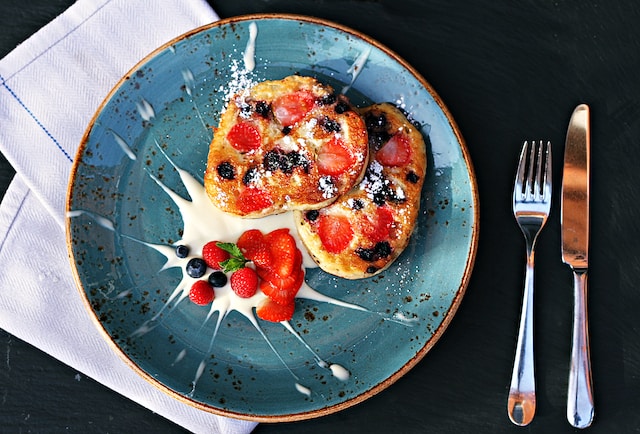The art of cooking is a nuanced journey, sprinkled with trials, errors, and delectable victories. While some dishes are as simple as tossing ingredients into a pan, others demand a level of skill, patience, and precision that can daunt even the most experienced chefs. But, what exactly is the most difficult dish to cook? In the gastronomic world, certain recipes have earned notoriety for their complexity and intricate preparation process. Let’s embark on a culinary exploration of five such dishes that challenge the boundaries of kitchen expertise, and ultimately crown one dish as the ultimate Everest of cooking. Buckle up, foodie adventurers, it’s going to be a tantalizing ride!
What Is The Most Difficult Dish To Cook?
- Paella: A classic Spanish dish, paella is a delectable mix of succulent meats, fresh seafood, and vibrant vegetables cooked in fragrant rice. But the key to perfecting this iconic meal lies in timing. As with every encore performance, the show must end on time or else it gets spoiled. So, making sure everything is cooked to perfection at the same time, without burning or overcooking any of the ingredients, requires a carefully crafted strategy.
- Pho: This Vietnamese soup dish consists of rice noodles swimming in a savory broth made with aromatic spices and herbs like cinnamon, star anise, coriander, ginger, and garlic. But it’s the balance between the ingredients that makes pho a tricky dish. Synchronizing the right proportions of each component is an art in itself, as one false move could turn this exquisite soup into a bland bowl of watery noodles.
- Molecular Gastronomy: This relatively new cooking style has been gaining momentum over the last decade. It involves creating dishes with unusual textures and flavors by manipulating ingredients at a molecular level. It’s a sophisticated science that requires knowledge of chemistry, physics, and food engineering to make these dishes come alive.
- Tiramisu: This Italian favorite is made of coffee-soaked ladyfingers layered with luscious mascarpone mousse topped with fluffy clouds of lightly sweetened whipped cream. Although it takes only a few minutes to assemble, the key to making this iconic dessert is patience. You must give the ladyfingers enough time to soak up all that coffee goodness before layering them with the creamy mascarpone.
- Sushi: Making sushi requires an incomparable level of skill and expertise that can only be developed through experience. The hardest aspect of preparing sushi is the rolling. Rolling sushi is an intricate process that demands precision and a steady hand as any misalignment of ingredients or over-stretching can cause the precious maki rolls to break apart.
Out of these five dishes, which one stands out as the most difficult to cook? After much deliberation, we have decided that molecular gastronomy although not an actual dish but a method of cooking, trumps them all, making it the ultimate Everest of cooking. As a cutting-edge concept, molecular gastronomy calls for a high level of understanding of food chemistry, as well as mastery over techniques that allow you to manipulate ingredients at their most basic state. While preparing dishes in this style may present struggles at first, with enough practice and patience, anyone can become a master chef!
Where To Dine If You Just Can’t Remake Your Favorite Gastro Dishes?
For those who want to sample molecular gastronomy without tackling complex recipes, there are many restaurants and takeaway joints that offer dishes in this style. If you’re looking for the ultimate culinary experience, then look no further than places like Atera, Degustation and the notorious Eleven Madison Park, where they serve up some of the most delicious molecular gastronomy dishes around. With tantalizing flavors and textures that will surely tantalize your taste buds, these restaurants are the perfect destination for anyone looking for an adventurous meal!
So, there you have it – molecular gastronomy is the toughest dish to cook in the culinary world. It calls for a high level of skill and expertise, as well as patience and persistence when it comes to mastering its techniques. However, if you’re a novice in the kitchen, there are plenty of restaurants and takeaway joints that offer delightful molecular gastronomy dishes for your dining pleasure. Bon appétit!
Final Thoughts
No matter how difficult certain recipes may seem, all it really takes to become a great cook is practice and dedication. Don’t be afraid to experiment with different ingredients and techniques, or to make mistakes. With every trial and error comes a lesson, and with practice comes mastery. So don’t be afraid to take on that paella next time around – you might be surprised at the delicious results! Good luck, and have fun!
